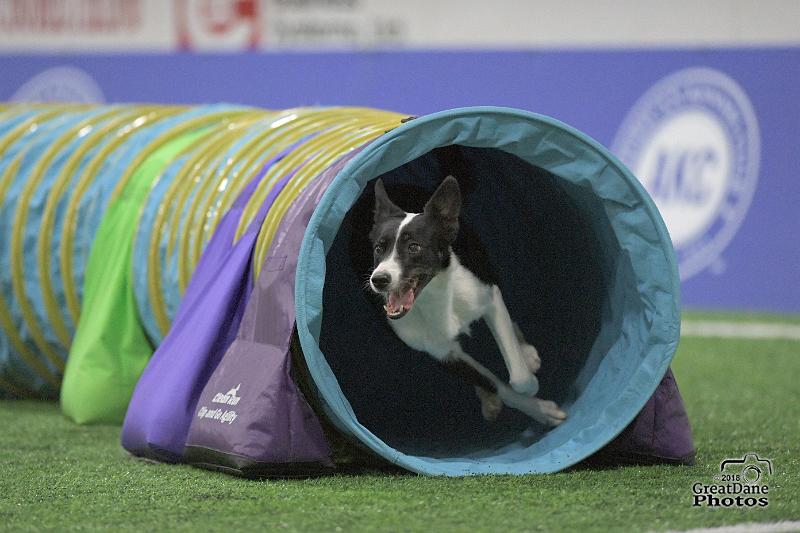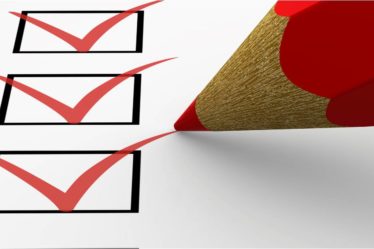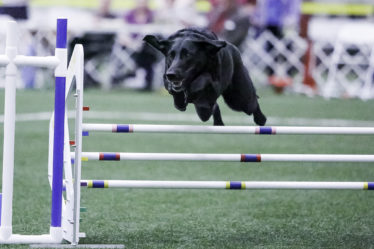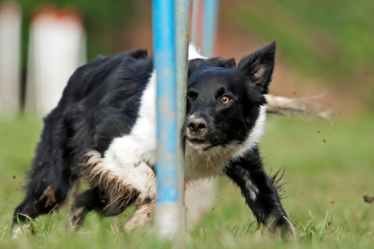
“Tunnel! Go tunnel!” You’ve sent your dog into the last tunnel and are well ahead for the four jump end line. As your perfect run becomes three jumps and then just two, you begin enthusiastically waving to your friends sitting ringside and then crack a joke to the judge. Sound truly outlandish? Absolutely! You would never focus on friends or the judge while your dog is running on course. You know how important it is to keep your focus on your dog.
What do you focus on right before your run, during the walk through, or while you were driving to the trial?
As a competitor, your thoughts are important and how you use your attention matters. You do not want to waste time and energy focusing on things outside of your control. Every weekend we see our students spend their time and energy on things they cannot control like the running order, course design, weather, trial schedule and results.
Now, you might feel like some of these challenges warrant your attention and you’re not wrong as long as you use your attention responsibly. Attention is one of your most valuable resources. During a trial day, attention is a combination of your time and energy; mental, emotional, and physical.
Many handlers spend their attention on the uncontrollable – panicking about being first in the running order, fussing about potential ring conflicts, complaining about the course design, or stressing over the results. When your reactions and thoughts are not managed, you are using your attention frivolously. Stress, complaining and focusing on problems that don’t have solutions is costly and will leave you feeling mentally and physically drained. You need to save your attentional resources so you can focus on your teammate and your runs.
To use our attention responsibly, we need to be response-able. This means focusing on the problems that are within our control and for which we can create solutions.
For instance, when you’re first in the running order, you can control your time by warming up your dog before the walk-through. When the course design is unappealing or seems dangerous, you have choices within your handling plan or you can talk directly to the judge about a change or you can make it a training run. When you feel stressed over the results, how many points you earned (or didn’t) or where you placed in a round (or didn’t), you can control your attitude and can create new training goals to work through frustrating results.
All of these examples and many more are positive responses to events and thoughts. Focusing on what you can control ensures the time with your dog will be rewarding and fun.



